#portal customization
Explore tagged Tumblr posts
Text
0 notes
Text
From Concept to Launch: How SharePoint Application Development Works
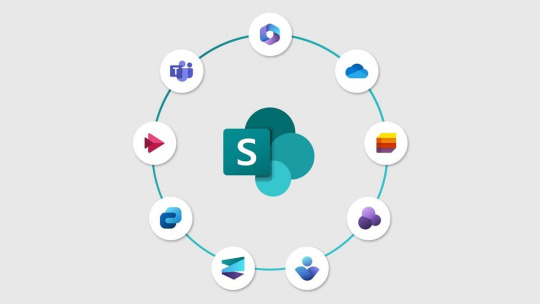
In the modern business environment, efficiency, collaboration, and streamlined operations are more crucial than ever. Organizations increasingly rely on digital platforms to centralize processes, manage content, and enhance productivity. Among these platforms, Microsoft SharePoint stands out—not just as a content management system but as a powerful application development framework.
With custom SharePoint application development, businesses can build tailored solutions that fit unique workflows, automate routine tasks, and seamlessly integrate with other Microsoft 365 tools. But how does it work? What’s involved in transforming an idea into a fully functional SharePoint app?
In this article, we walk you through the complete journey—from concept to launch—of developing a SharePoint application, and how this process delivers scalable, secure, and user-centric digital solutions.
Why Build a SharePoint Application?
Before diving into the process, let’s look at why businesses choose SharePoint for application development:
It’s already part of the Microsoft 365 ecosystem.
SharePoint supports custom forms, lists, workflows, and integrations.
Apps are available on mobile devices and the internet.
You benefit from Microsoft’s enterprise-level security and compliance features.
It supports both low-code/no-code and full-code development models.
Whether you’re building an HR onboarding portal, ticketing system, contract management tool, or a project tracking app, SharePoint offers a flexible and robust foundation.
Step 1: Defining the Vision (Concept Phase)
Every successful SharePoint application begins with a clear vision and business need. The concept phase involves identifying the problem you want to solve and understanding the users.
Key activities:
Stakeholder interviews and requirements gathering
Reviewing current pain points or inefficiencies
Defining goals and desired outcomes
Documenting essential features and user roles
Example:
A finance team needs a custom expense approval app to eliminate back-and-forth emails and spreadsheets. The concept might include role-based permissions (employee, manager, finance), automated notifications, and integration with Outlook and Excel.
Step 2: Feasibility Analysis and Planning
After the idea is obvious, the following step is to determine its viability and create a development roadmap. This includes technical, functional, and operational planning.
Key activities:
Platform choice (SharePoint Online, on-premises, hybrid)
Evaluating the existing SharePoint environment's readiness
Timeline and resource planning
Choosing between Power Platform tools (like Power Apps, Power Automate) vs. SPFx (SharePoint Framework) for custom coding
Deliverables:
Project scope document
Functional specifications
Wireframes or mockups
Tech stack selection (JavaScript, REST API, Graph API, etc.)
Planning is critical—skipping this step can lead to feature creep, budget overruns, or misaligned outcomes.
Step 3: Designing the User Experience (UX/UI Design)
SharePoint apps are used daily by employees, so intuitive design and usability matter. In this phase, designers work to create a user interface that is both efficient and engaging.
Key activities:
Designing user-friendly navigation and layouts
Creating responsive designs (desktop/tablet/mobile)
Aligning UI with corporate branding
Ensuring accessibility and ease of use
Tools Used:
Figma, Adobe XD (for design)
SharePoint modern site pages or SPFx for front-end development
Office UI Fabric or Fluent UI libraries
A well-designed SharePoint app reduces training time and improves adoption rates across the organization.
Step 4: Development and Integration
Now, the actual SharePoint application development begins. Depending on your needs, developers may build custom components or use Microsoft’s low-code tools for faster deployment.
Development approaches:
Low-Code Development:
Power Apps for custom forms and interfaces
Power Automate for workflow automation
SharePoint Lists for data storage
Custom Development (SPFx):
SPFx web parts and extensions
Custom APIs using Azure Functions
Integration with Microsoft Graph, Teams, Outlook, etc.
Key functions typically built:
Forms for data entry and updates
Automated workflows (approvals, status changes)
Role-based access controls
Connectivity with third-party tools, Excel, Teams, or Dynamics 365
By building within the Microsoft ecosystem, you ensure seamless connectivity and future scalability.
Step 5: Testing and Quality Assurance
Once the application is developed, it undergoes a rigorous testing phase to ensure it functions as intended and provides a seamless user experience.
Testing focus areas:
Functional testing (does everything work as expected?)
UI/UX testing (is the app intuitive and responsive?)
Performance testing (can it handle the user load?)
Security testing (are permissions and access correctly set?)
Cross-browser/device testing
Real-world user beta testing might uncover hidden usability problems or streamline processes.
Tip:
Use Microsoft Test Manager or Azure DevOps for structured testing and feedback management.
Step 6: User Training and Change Management
Even the most powerful SharePoint app won’t deliver results if your users don’t adopt it. That’s why training and change management are essential before launch.
Activities:
Training sessions or video walkthroughs
User guides or knowledge base articles
Live Q&A or helpdesk support
Communicating the value and benefits to end-users
Encouraging early adoption from department champions helps improve acceptance and drive organization-wide engagement.
Step 7: Launch and Go-Live
After thorough testing and training, it’s time to launch the SharePoint application. Whether it's rolled out company-wide or in phases, the launch should be smooth and well-communicated.
Best practices:
Launch during low-traffic periods
Monitor performance and user feedback
Set up a support process for early issues
Prepare rollback plans just in case
Once live, ensure the app is discoverable via your intranet, Microsoft Teams, or internal communications.
Step 8: Post-Launch Support and Continuous Improvement
SharePoint application development doesn’t end at launch. As your team uses the app, you’ll gather feedback, identify new features, and spot improvement opportunities.
Activities:
Monitor usage analytics via SharePoint and Microsoft 365 reports
Regularly update the app with patches and new features
Maintain documentation and training resources
Collect user feedback through forms or surveys
Remember, the best SharePoint applications evolve with your business.
Final Thoughts
SharePoint application development is a strategic way to solve complex business problems using a platform that many companies already have access to. From concept to launch, the process involves careful planning, development, and user engagement—but the payoff is huge.
With custom SharePoint apps, you gain:
Improved efficiency through automation
Better collaboration across departments
Secure and scalable business tools
Seamless integration within the Microsoft ecosystem
Whether you're looking to digitize a manual process or build a full-scale enterprise app, SharePoint provides the flexibility, security, and usability needed to bring your idea to life.
#sharepoint portal#SharePoint migration#SharePoint data migration#SharePoint customization#portal customization#SharePoint development#SharePoint integration#SharePoint#application development#SharePoint solutions
0 notes
Text

The entire ALBW team
Links about to become Lorules #1 hytopian fabric exporter
#tloz#princess zelda#link#princess hilda#ravio#a link between worlds#triforce heroes#tri force heroes#loz redesigns round 2#art#my art#redesigns#if you couldnt tell from zelda and mi-dna shit talking in their funny page i dont believe in the#-and they never saw each other again- type endings#they have check ins once a year#the guards have no idea whos dating who#but yes moving on#link gets his own ugly scarf#its dimensional portal colored#he also has little birthmarks around his eye#the teeth on the ravio hat are also earrings#hilda gets to be a goth queen#sheerow is listening very intently#he will tell ravio all the gossip later#i do like to think this link takes his black smithing knowledge and his new fashion skills#and starts making some cool custom armor when hes older#i like to think he made hildas collarpiece#heights go link->ravio->zelda->hilda#too many characters for me to worry if that reads or not lmao#funny page may come later
2K notes
·
View notes
Text

it’s always good to be prepared
#otherside picnic#sorawo kamikoshi#egg sorawo#my art#i actually went in portal 2 and built a custom chamber for the bg of panel 1#if u noticed the turrets that’s why :3#all the dialogue save for the last panel is ripped straight from the book i literally didn’t have anything planned the entire time#it was just vibes#also sorry to migiwa forgot u were there till i went looking for quotes#he’s just offscreen
264 notes
·
View notes
Text




portal 1 and 2 core dividers! (f2u with or without credit ONLY if you reblog this post) [inspired by @scrawnym4's divider which you can find here!] [BLINKIES MASTERPOST]
#art#digital art#blinkie#blinkies#portal#portal 2#core#aperture science personality core#aperture science personality sphere#personality sphere#wheatley#adventure core#adventure sphere#fact core#fact sphere#space core#space sphere#intelligence core#intelligence sphere#morality core#morality sphere#anger core#anger sphere#curiosity core#curiosity sphere#rick#divider#resource#profile customization#profile layout
190 notes
·
View notes
Text


meet Venus 🧚🏼♀️✨
the Portals album just took over my soul all year, so Venus was born.
what’s your favourite song from Portals?
#furby#furby fandom#furby community#custom furby#furbies#furby mods#melanie martinez#the trilogy tour#portals album#k-12 album#crybaby album
430 notes
·
View notes
Text








Latest entry of "putting my blorbos in situations," my attempt to make Guzma from Pokémon. He turned out maybe too well.
Barbarian, naturally. Fists only. Thus far, refuses to kill things. Is having the worst week of his life, and that's saying something.
#his hair isn't fluffy enough but there's only so much you can do without straight-up commissioning a custom mod#i'm just glad i got something curly that would let me color the undercut. even if it's not as dark as it should be#he's also very buff. maybe too buff?#idk. hims is tall. hence tall model#i'm going to ship him with karlach#bg3#pkmn#guzma pokemon#the picture with him glaring at the portal is my fave so far
40 notes
·
View notes
Note
I've just found this blog and honestly that is SUCH A BIG BRAINED USE OF THE "EVERYONE LOVES ME" KIND OF TROPE
It has me honestly running up the walls from excitement
And I went through all the RO's and characters and I can't wait to see what you cook up
I have also realized some characters have unnatural hair and eye colors (which is cool!) and that made me curious for the MC customization
Do you already have any ideas of hair and eye colors we will be able to have?
i'm very excited to show you what i'm cooking up too!! the main reason i went with unnatural eye/hair colors is because the timeline the mc ends up in is a historical fantasy setting. i thought it’d be fun to flip things around and make unnatural hair and eye colors the norm in that world while natural colors are actually kind of rare :p
and yeah, i do. they’ll be split into two categories: unnatural and natural colors. if the one you want isn’t listed, you’ll still have the option to input your own!!
#mc#customization#entered ask portal#lis#interactive fiction#interactive novel#twine if#if: bewitched
21 notes
·
View notes
Text

okkkkkkkk one last virg doodle before i sleep
#custom made body with fabric bodysuit rather than that clammy stupid artificial skin#sighs wistfully. if only#art.psd#portal stories: mel#sorry im like exploding this tag#virgil
29 notes
·
View notes
Text
I made my gf a level and I thought it was really good and challenging and then THEY came along and CHEESED THE ENTIRE THING AND EVEN SKIPPED AN ENTIRE ROOM and now I'm sad :(
12 notes
·
View notes
Text
I've created some Koopalings clothes for Animal Crossing New Horizons :3 the other 3 will be made soon, happy wearing
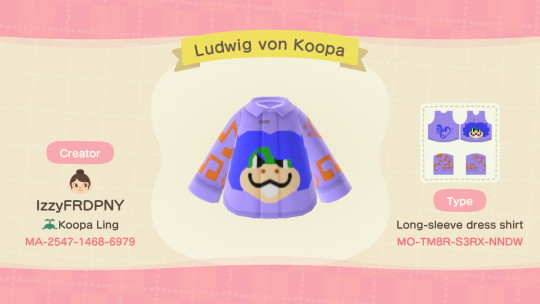



#koopalings#ludwig von koopa#iggy koopa#larry koopa#wendy o koopa#animal crossing#animal crossing new horizons#custom designs portal
49 notes
·
View notes
Text
Think about GLADoS working customer service, say, in a retail store, or a cashier at fast food. I don't know if she'd love it but she'd sure have one hell of a time
24 notes
·
View notes
Text
scuffed Wheatley and HAL pins I made for my bag (and to wear on clothes ig but mainly for the bag)
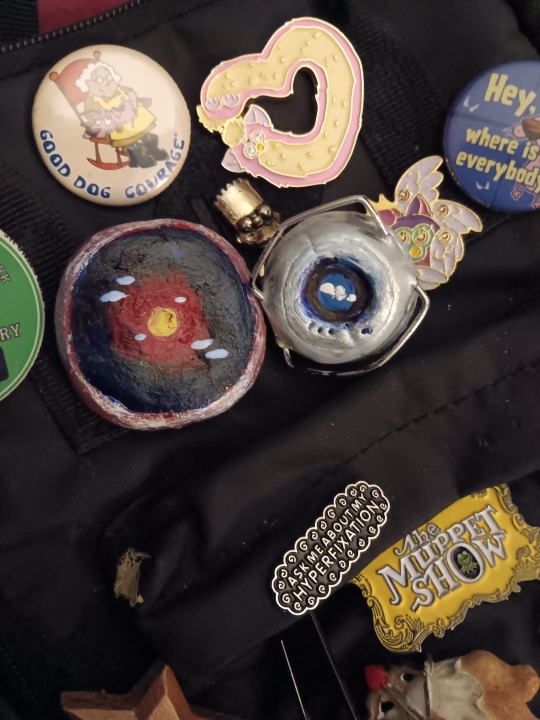
#hal 9000#hal9000#custom pins#pins#custom merch#wheatly portal 2#2001 a space odyssey#portal 2#wheatley#2010: the year we make contact#portal#handmade#hand made#crafts#arts and crafts#blorbos#love them#portal 2 fanart#lalalala#oughhh#idk what else to tag#help#ahhh!!!#meow#little wheatley and HAL to accompany me... how lovely... hello little things#sorry ive been posting a lot more often lately. i don't have a lot of people to talk to about everything
18 notes
·
View notes
Text
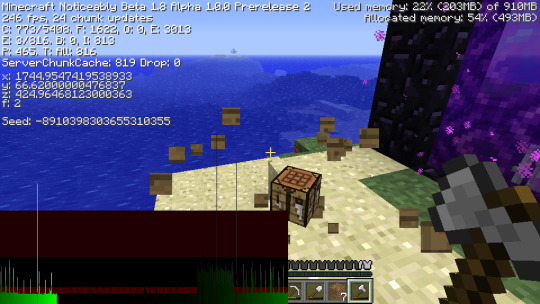


Sometimes in Beta 1.8 you try to venture out and instead of effectively traveling you get straight up marooned.
#Minecraft screenshots#Taken in 2024#NBODE#Noticeably Beta 1.8#Minecraft Beta 1.8#modded Minecraft#At some point I will have to figure out how to add custom world generation types.#World of Victory#Beta 1.8 oceans#Minecraft ocean#Nether Portal#Alpha 1.0.0 Prerelease 2
7 notes
·
View notes
Text
Functional Portal Gun



Aperture Science is proud to present you the Portal Gun. This device is designed to solve challenging tests in the Aperture Science test chambers and, with the results obtained, to further update the device in order to take the "Best Science Laboratory" award from Black Mesa. This mod transforms the Simray object in the game into the Portal Gun. Unfortunately, it seems impossible to access the original Simray in the game while using this mod (at least I couldn't manage it). If you would be able to help me in this situation i will appreciate it!
Special Thanks to @mauvemorn
#sims 4#sims 4 cc#black mesa#aperture science#cave johnson#glados#chell portal#portal 2#wheatley#wheatly portal 2#portal gun#artificial intelligence#test#test chamber#functional cc#functional#caroline portal#gordon freeman#alyx vance#half life#half life 2#gman#combine#sims 4 gameplay#sims 4 screenshots#sims 4 legacy#sims 4 custom content#the sims community#ts4#sims 4 portal
29 notes
·
View notes
Text
I made melanie martinez pins to hand out at the trilogy tour!! I've been wanting to get more comfortable putting my art out into the world!
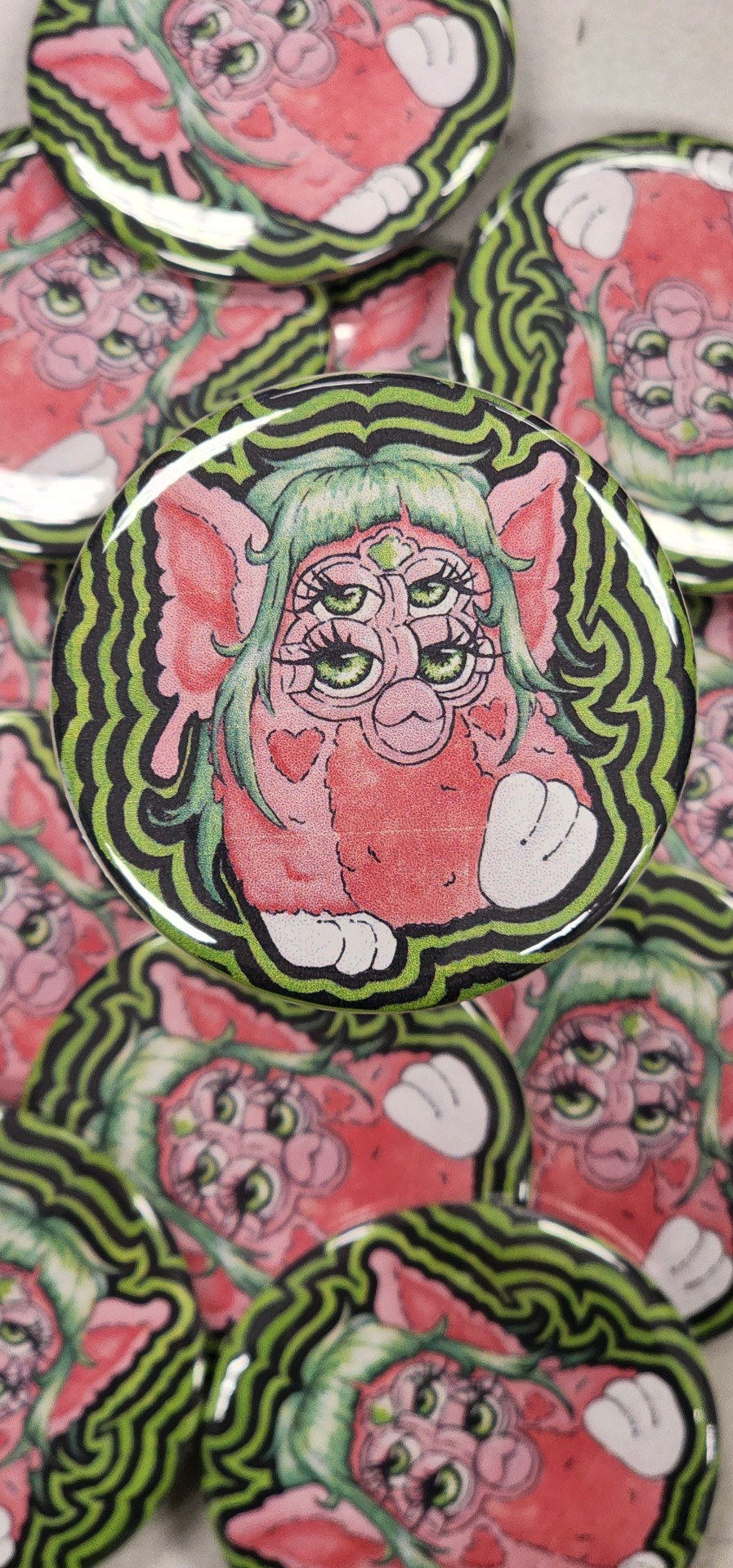
#k 12 melanie martinez#melanie martinez#portals#melanie k12#crybaby#furby fanart#furby custom#furby art#furby fandom#furblr#furbies#furby#furby community
28 notes
·
View notes